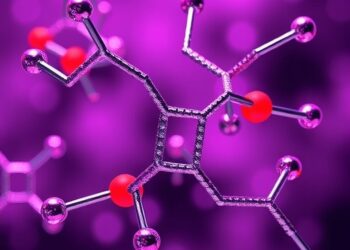Hydrogels with particulates, including proteins, drugs, nanoparticles, and cells, enable the development of new and innovative biomaterials. Precise control of the spatial distribution of these particulates is crucial to produce advanced biomaterials. Thus, there is a high demand for manufacturing methods for particle-laden hydrogels. In this context, 3D printing of hydrogels is emerging as a promising method to create numerous innovative biomaterials.
Hydrogels with particulates, including proteins, drugs, nanoparticles, and cells, enable the development of new and innovative biomaterials. Precise control of the spatial distribution of these particulates is crucial to produce advanced biomaterials. Thus, there is a high demand for manufacturing methods for particle-laden hydrogels. In this context, 3D printing of hydrogels is emerging as a promising method to create numerous innovative biomaterials.
Among the 3D printing methods, inkjet printing, so-called drop-on-demand (DOD) printing, stands out for its ability to construct biomaterials with superior spatial resolutions. However, its printing processes are still designed by trial and error due to a limited understanding of the ink behavior during the printing processes.
The team led by Bumsoo Han from Purdue University, provide a review of the current understanding of transport processes and hydrogel behaviors during inkjet printing for particulate-laden hydrogels. Specifically, this review has explored the multifaceted applications of this technology, particularly in the development of tissue engineering, vascularization strategies, disease models, drug delivery systems, and bioelectronics. The critical aspects of ink selection, jetting behavior, and the optimization of printing parameters are also reviewed. This includes considerations like viscosity, surface tension, and curing mechanisms, which are essential for achieving desired structural and functional properties in the printed constructs.
Journal
Med-X
Article Title
Engineering biomaterials by inkjet printing of hydrogels with functional particulates




